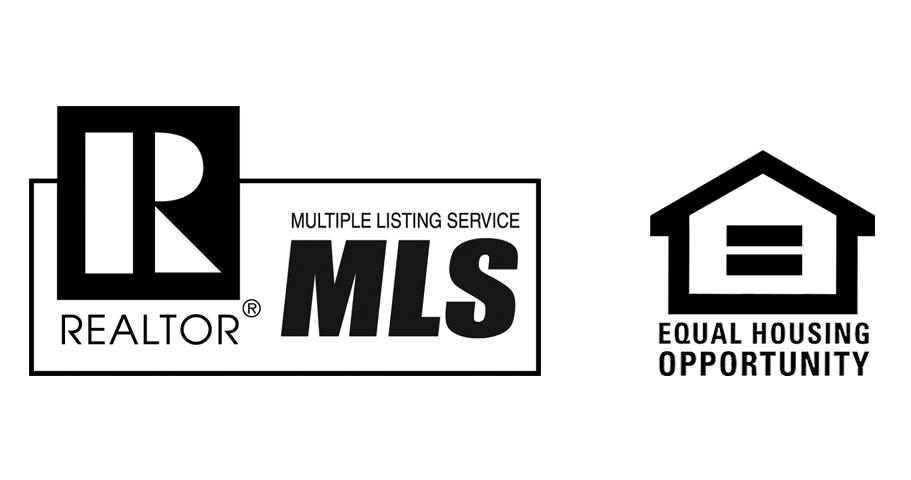Red Flags to Look Out For When Buying a Home
Red Flags to Look Out For When Buying a Home
1. Introduction
Searching for your dream home is exciting, but spotting potential red flags early can save you thousands in repairs and frustration. In competitive markets like Oakville, buyers often feel pressured to act fast, but taking a moment to investigate can protect your investment. Here are the top red flags to watch for during viewings and inspections.
2. Roof Issues: One of the Biggest Expenses
a. Missing or Damaged Shingles
- What to look for: Cracked, curling, or missing shingles can be a clear signal of potential leaks.
- Why it matters: Roof replacement is costly, typically ranging from $10,000 to $20,000 in Oakville.
- Action step: Ask about the roof’s age and maintenance history. Always include a professional roof inspection in your due diligence.
b. Sagging or Uneven Roofline
- What to look for: Dips or uneven surfaces along the roof.
- Why it matters: This could indicate rot, structural problems, or poor installation.
- Action step: Have a qualified inspector assess the roof’s structure.
c. Granule Loss and Gutter Debris
- What to look for: Excess granules in gutters or bald patches on shingles.
- Why it matters: These are signs that the roof is nearing the end of its life.
- Action step: Plan for a roof replacement within a few years if this is present.
3. Hidden or Minor-Looking Water Damage
a. Discoloured Ceilings and Walls
- What to look for: Small yellow or brown stains, especially in corners or near chimneys.
- Why it matters: These could be signs of past leaks or unresolved plumbing issues.
- Action step: Have moisture levels tested and request details on any repairs.
b. Creaky or Sagging Floors
- What to look for: Soft spots or uneven flooring.
- Why it matters: This could signal prolonged moisture exposure beneath the surface.
- Action step: Inspect beneath carpeting or flooring for water damage.
c. Watermarks in Basements or Crawlspaces
- What to look for: White chalky residue on walls, rust on beams, or musty odours.
- Why it matters: These point to drainage issues or regular water intrusion.
- Action step: Consult a drainage expert and budget for necessary waterproofing.
Bonus tip: Pay close attention to basement walls, especially behind boxes or stored items. On one occasion, a hidden stain behind stacked boxes was traced to a foundation crack outside. That $5,000 repair could have been missed without a thorough check.
4. Pest Problems: Don’t Ignore Creepy-Crawlies
a. Termite or Carpenter Ant Damage
- What to look for: Small holes in wood, mud tubes, or sawdust piles.
- Why it matters: These pests can destroy structural wood without obvious signs until it’s too late.
- Action step: Hire a licensed pest inspector and ask for treatment records.
b. Rodent Droppings or Gnaw Marks
- What to look for: Small dark droppings, gnawed corners, or insulation damage.
- Why it matters: Rodents can spread disease and damage electrical wiring.
- Action step: Request professional extermination and proper cleanup.
c. Residual Signs of Pest Control
- What to look for: Exterior bait boxes, chemical smells, or wall stains.
- Why it matters: These may indicate ongoing problems that haven’t been fully resolved.
- Action step: Ask for full documentation of past pest control efforts.
Bonus tip: Always look under the sinks in bathrooms and kitchens. Signs of rodents or moisture issues are often hidden here and can signal deeper problems.
5. Structural Red Flags
a. Cracks in the Foundation or Exterior Walls
- What to look for: Horizontal or stair-step cracks in bricks or concrete.
- Why it matters: These may point to foundation settling or serious soil movement.
- Action step: Engage a foundation specialist for evaluation.
b. Doors or Windows That Don’t Close Properly
- What to look for: Doors that stick or windows that don’t align.
- Why it matters: This can signal structural shifting or settling.
- Action step: Have a structural engineer assess the issue before moving forward.
c. Sagging Ceilings Inside
- What to look for: Wavy drywall or dips in ceiling lines.
- Why it matters: May indicate problems with joists or roof trusses.
- Action step: Bring in a structural inspector for further investigation.
6. Plumbing and Electrical Concerns
a. Outdated or Unsafe Electrical Panels
- What to look for: Aluminum wiring, outdated panels, or ungrounded outlets.
- Why it matters: These systems can be fire hazards and may not pass home insurance requirements.
- Action step: Have a licensed electrician inspect the panel and wiring.
b. Hidden Leaks
- What to look for: Warped cabinetry, soft drywall, or stains under sinks and bathtubs.
- Why it matters: Slow leaks can lead to mold and structural rot.
- Action step: Use a moisture meter to check behind walls or under fixtures.
c. Unpermitted Renovations
- What to look for: New construction without visible permits or inconsistent workmanship.
- Why it matters: Work that isn’t up to code can cause problems later when selling.
- Action step: Verify any updates were approved and properly documented.
7. Outdoor and Exterior Warning Signs
a. Poor Drainage Grading
- What to look for: Sloping land that directs water toward the house.
- Why it matters: Improper grading can lead to foundation issues and basement leaks.
- Action step: Consult a landscaper or contractor about regrading options.
b. Worn-Out Decks or Fences
- What to look for: Splintered wood, rusted nails, or unsteady railings.
- Why it matters: These may be unsafe and expensive to repair or replace.
- Action step: Include repair costs in your overall renovation budget.
c. Clogged or Broken Gutters - What to look for: Overflowing gutters, detached sections, or puddles around the foundation.
- Why it matters: Ineffective drainage can cause water damage to your home’s structure.
- Action step: Replace gutters or add extensions to redirect water properly.
Bonus tip: While outside, check the eavestroughs to make sure water is flowing away from the home, and inspect the exterior dryer vent for clogs – these small checks can offer big clues about how well the home has been maintained.
8. Confirming Repairs and Documentation
- Home Inspection: Hire a certified home inspector to evaluate all systems thoroughly.
- Seller Disclosures: Review these carefully for past issues with water, pests, or renovations.
- Professional Quotes: Always obtain at least two quotes for any needed repairs.
- Permits and Warranties: Confirm that work was completed by professionals and covered by warranties where applicable.
9. A Quick-Reference Red Flag Checklist
| Area | What to Watch For | Why It Matters |
|---|---|---|
| Roof | Damaged shingles, sagging, granule loss | High replacement cost |
| Water Damage | Stains, odours, warped floors | Mold, rot, hidden leaks |
| Pests | Droppings, termite tubes, gnaw damage | Structural issues and health risks |
| Structure | Cracks, misaligned doors, sagging ceilings | Foundation and framing problems |
| Systems | Old wiring, leaks, unpermitted changes | Fire risk, insurance complications |
| Exterior | Drainage issues, worn structures | Property damage and maintenance |
10. Final Thoughts
Buying a home in Oakville is a major investment, and being alert to red flags can help you avoid costly surprises. From minor details to major deal-breakers, the condition of a home reveals a lot if you know what to look for. Always work with trusted real estate professionals and inspectors who can help you make informed decisions.
There’s no one-size-fits-all approach when it comes to home buying. It all depends on your goals, budget, lifestyle, and how long you plan to stay in Oakville. Whether you’re purchasing your first home or relocating from out of town, make sure your decision aligns with both your financial plan and personal priorities.
At Dan Cooper Group, we understand that your home is more than just a transaction, it’s about finding the right fit. Whether you’re a first-time buyer, a relocating professional, or someone exploring Oakville’s diverse housing market, our team is here to help you make the right move.
A former Big Bank lender, Mike is a trusted real estate broker known for strong negotiation skills and expert offer writing. He guides clients through accurate property valuations, helping them navigate the market with confidence. Whether you're buying, selling, or investing, Mike delivers full-service support with a focus on results. Serving the GTA and beyond, he is a member of CREA, RECO, OREA, MLS, PROPTX, and TREB.
















